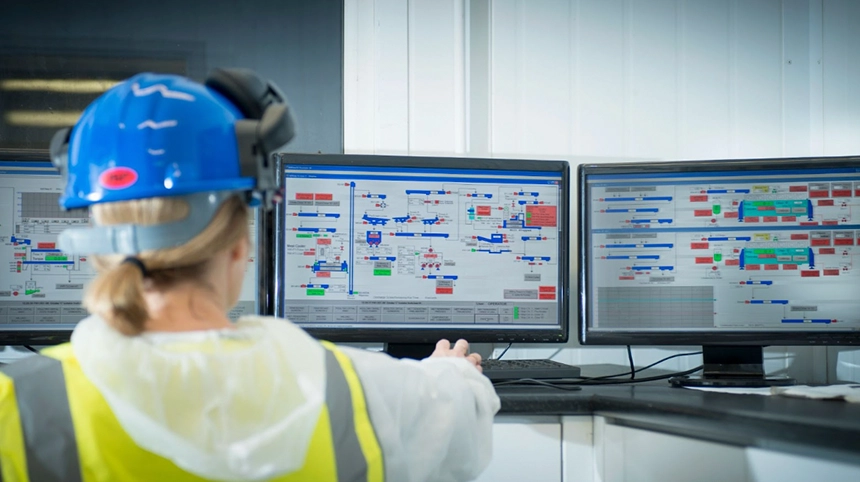DEF for Diesel Engines: 6 Essential Tips for Achieving Emissions Compliance

Introduction
In the industrial sector, diesel engines energize critical operations within power generation units and heavy equipment. Still, nevertheless, their nitrogen oxide (NOx) emissions present environmental and health risks. Diesel exhaust fluid (DEF) constitutes a standardized solution. And it comprises 32.5% high-purity urea solution and 67.5% deionized water. This fluid finds application in selective catalytic reduction (SCR) systems. This article caters to operators of industrial DEF for diesel engines. It also furnishes six essential tips. What is DEF used for? You see, it converts NOx into harmless nitrogen and water, thereby accomplishing NOx reduction. This is how it reduces NOx emissions through the SCR system, ensuring compliance with stringent regulations.
Tips 1 & 2: Strictly Control DEF Quality and Storage
Tip 1: Use DEF that Meets ISO 22241 Standards
The quality of DEF fluid directly impacts SCR system performance. What is DEF made of? Standard DEF consists of 32.5% high-purity urea solution and 67.5% deionized water, compliant with ISO 22241. Is all DEF the same? No, substandard DEF can lead to catalyst poisoning, costing thousands in repairs. For example, AdBlue DEF is a well-known brand; what is AdBlue? It’s a registered trademark by VDA, chemically identical to standard DEF, and ISO-compliant. The purpose of DEF fluid is to provide a high-quality reducing agent, ensuring SCR technology efficiency.
- Risk: Agricultural-grade urea in DEF may contain impurities, reducing catalyst life by 20%.
- Recommendation: Choose Guantong’s ISO-certified DEF fluid to ensure reliable DEF composition.
Learn more about Guantong’s DEF solutions for optimized NOx reduction.
Tip 2: Follow Proper Storage Guidelines
Elevated temperatures (exceeding 30°C) can induce DEF decomposition. This means it yields ammonia gas and impairs DEF quality. Conversely, frigid temperatures (below -11°C) can precipitate freezing. This makes hence, heating devices become requisite. For these reasons, DEF should be stored in a cool, dry environment, away from sunlight and dust, using dedicated DEF tanks. And regularly inspect DEF tanks to prevent contamination and ensure DEF fluid stability.
- Maintenance: Check DEF tank sealing and heating systems monthly.
- Case Study: A power plant faced a 10% increased in consumption due to improper storage, resolved by using dedicated tanks.
Tips 3 & 4: Monitor System Status to Prevent Failures
Tip 3: Monitor the System with Instrumentation

Operators ought to employ instrumentation and process control instruments. These facilitate real-time monitoring of the DEF system. How does the DEF system operate? DEF fluid undergoes injection into the exhaust stream. It decomposes into ammonia at 190–600°C. This ammonia engages with NOx upon the catalyst to yield nitrogen and water. Overseeing key parameters—including injection rates, temperatures, and pressures—guarantees the SCR system functions optimally.
- Tools: Instrumentation displays injection volumes and ammonia levels, aiding system status assessment.
- Recommendation: Set up alarm systems for real-time anomaly detection.
Tip 4: Identify Early Signs of Failures
How does diesel exhaust fluid work? The SCR system converts NOx into harmless gases. However, ammonia slip persists as a prevalent issue. White deposits or ammonia odors around the exhaust attest to its presence. Operators ought to routinely ascertain ammonia levels.
- Signs: Abnormal injection rates or temperature fluctuations may indicate potential ammonia slip.
- Case Study: A factory reduced ammonia slip to <2 ppm by monitoring ammonia levels, extending catalyst life by 15%.
Tip 5: Prioritize Regular Maintenance
As regular maintenance is critical for DEF system, here’s a maintenance checklist:
- Replace DEF filters every 6 months to prevent clogging.
- Clean nozzles monthly for uniform injection.
- Check pipeline connections weekly to prevent leaks.
- Calibrate flow meters annually to ensure metering accuracy.
Recommendation: Establish an annual maintenance plan with Guantong’s technical support to reduce downtime by 10%.
Tip 6 (Core): Invest in a Smarter System

Guantong’s smart SCR system enhances industrial DEF performance through: Keep in mind, while operator efforts are vital, equipment design is the foundation of compliance.
- Urea Pyrolysis Technology: Decomposes urea solution at 350–600°C, eliminating crystallization risks.
- Precise Metering Module: This system employs Coriolis flow meters and advanced SCR control algorithms. They facilitate ±0.1% injection accuracy. Ultimately, this obviates ammonia slip.
- CFD-Optimized Design: Computational fluid dynamics optimizes injectors and mixers for maximum efficiency.
Case Study: A power plant using Guantong’s smart SCR system reduced NOx emissions to <50mg/Nm³ and maintenance costs by 20%.
Explore Guantong’s smart SCR systems for optimized NOx emission control.
Conclusion
Emissions compliance relies on both operator diligence and advanced technology. The evolution of SCR technology provides efficient solutions for industrial DEF applications. Guantong’s smart SCR system, boasting urea pyrolysis technology and precise metering, renders compliance straightforward and dependable. This is because the purpose of DEF fluid revolves around achieving NOx reduction via the SCR system. Engage with Guantong today to elevate your emission control strategy. For it will ensure efficient, stable NOx emission management. Learn more.
